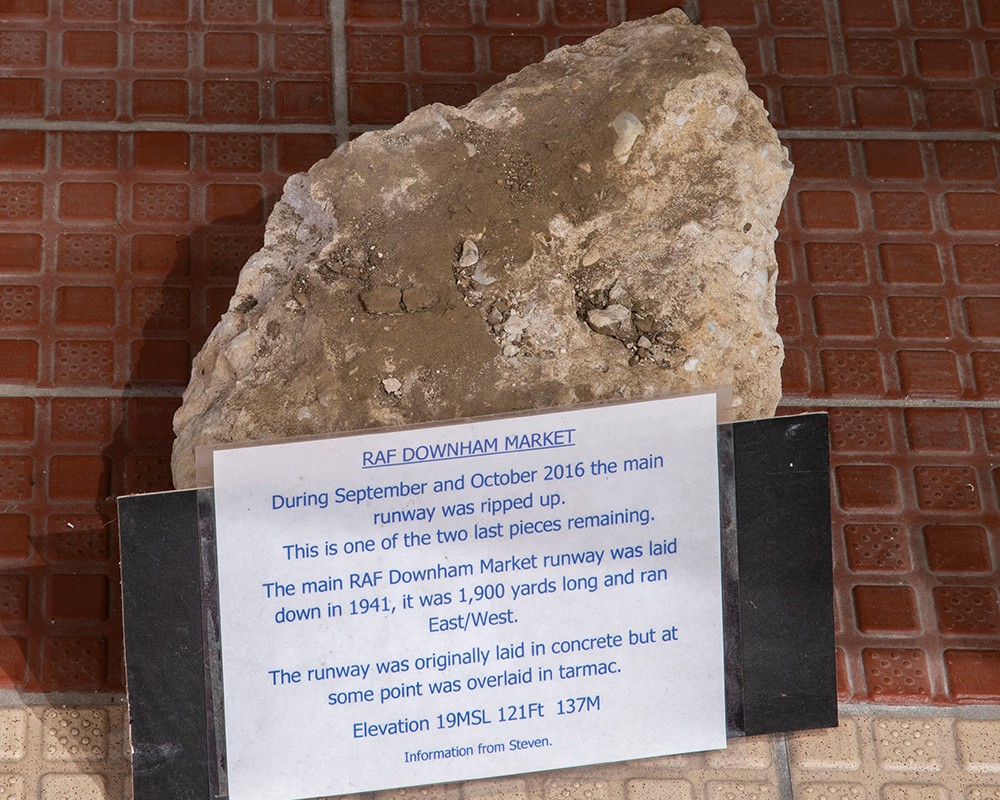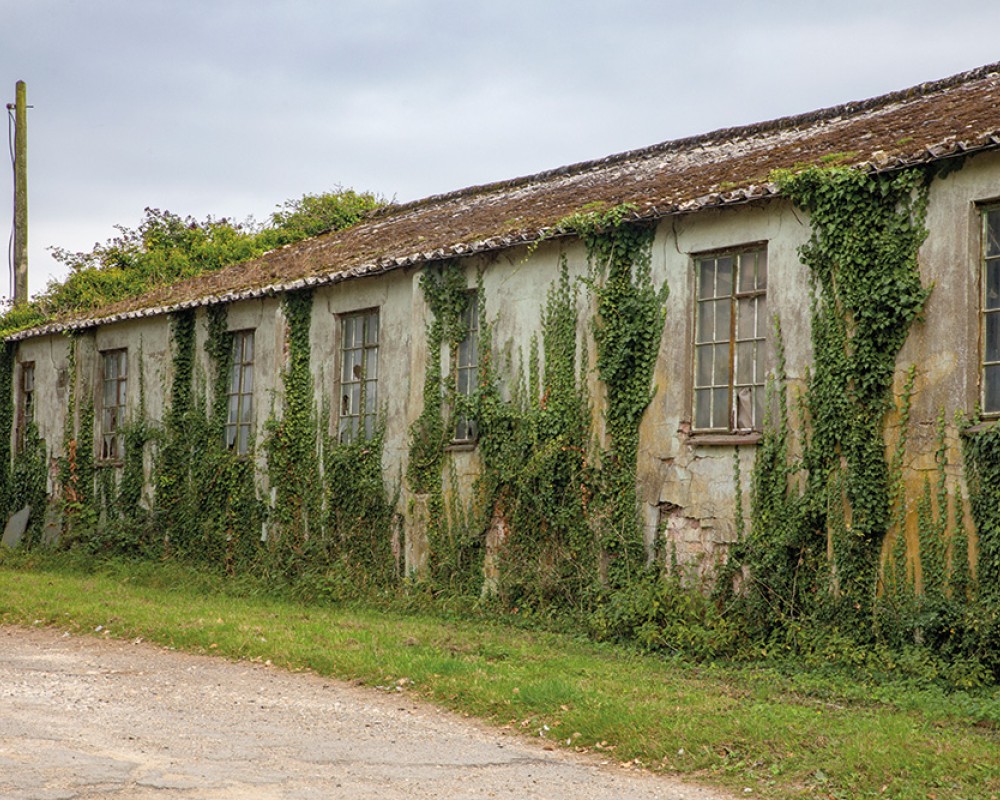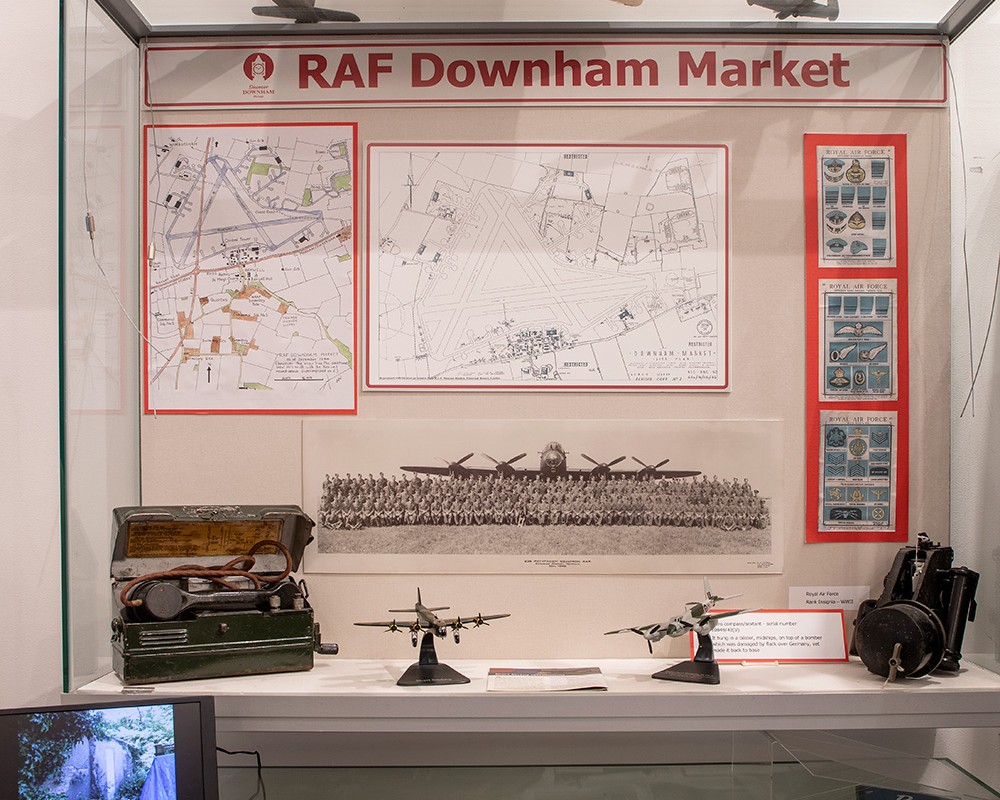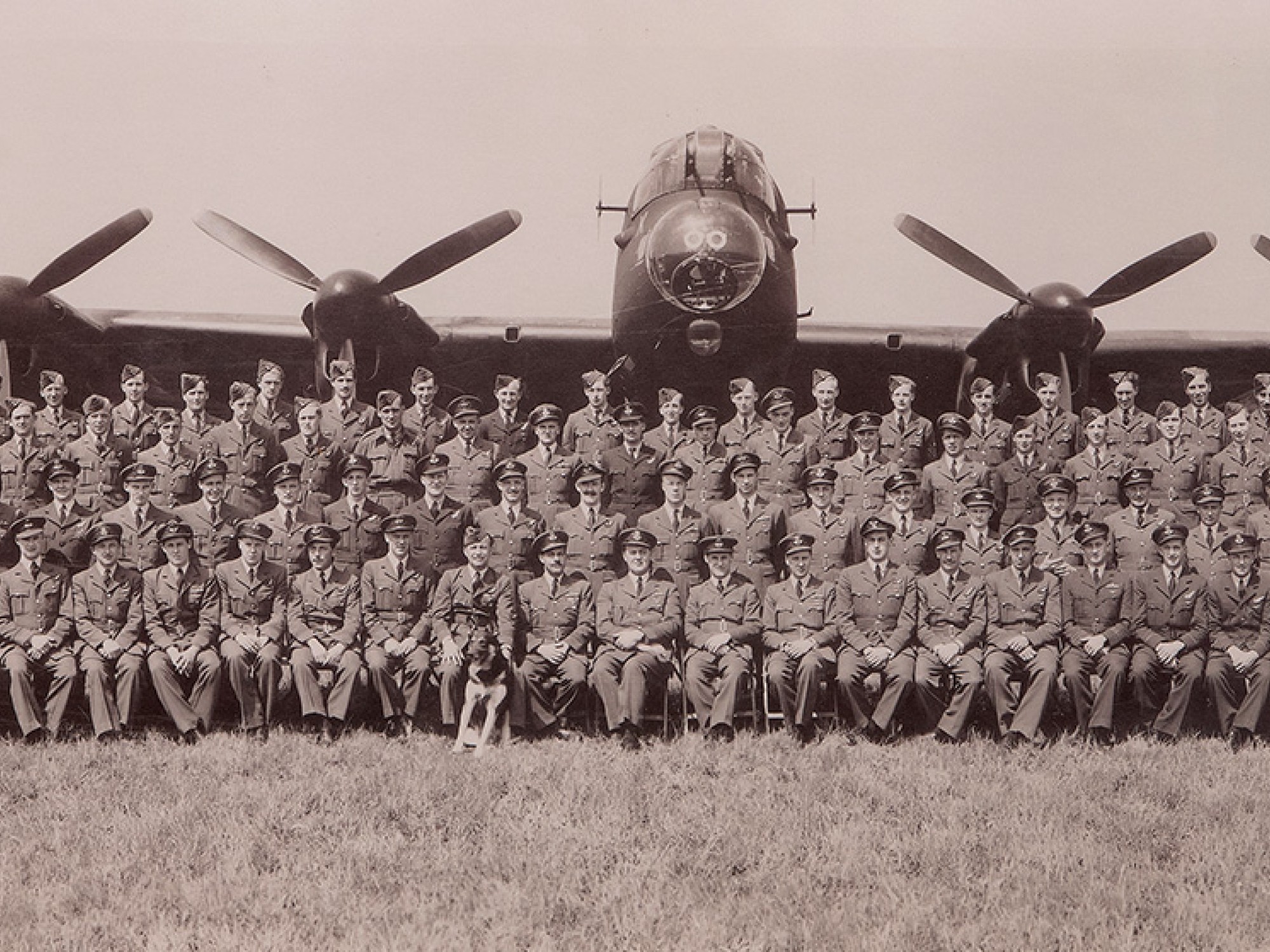
Flying into the heritage of Downham Market
During the Second World War Norfolk was home to over 50 RAF bases, and although few of them remain today they played a vital part in safeguarding our future - none so much as RAF Downham Market
About a mile east of Downham Market and adjacent to the village of Bexwell is a small industrial estate surrounded by open fields and peaceful countryside.
It’s a perfectly natural and typically peaceful part of Norfolk, which makes it hard to believe that almost 80 years ago many valiant soldiers in huge four-engine bombers set off on daring missions from this spot.
RAF Downham Market opened in July 1942, initially to serve as a satellite station for nearby RAF Marham. Its construction began in 1941, filling the quiet country roads between Downham and Bexwell with huge bulldozers and dozens of lorries, astounding those living nearby.
The base was built with three great concrete runways arranged in a triangular pattern. Each of them was 50 yards wide and the main runway was around 1,900 yards long - it’s estimated the base was built with enough concrete to make 10 miles of motorway. Concrete-framed workshops and offices were erected along with corrugated steel cylindrical Nissen huts, with accommodation for 1,719 men and 326 women.
The airfield had its own bomb store situated in a wooded area away from the main camp, containing mainly 4lb incendiary devices, 2,000lb sea-mines, and explosives ranging from 1,000lb to 4,000lb. They were replenished from the main stores at RAF Barnham on the Norfolk/Suffolk border, and it’s reported that on one occasion a couple of 2,000lb bombs rolled off a lorry on their way to the base and landed near the church at Crimplesham - luckily no damage was caused and no one was injured.
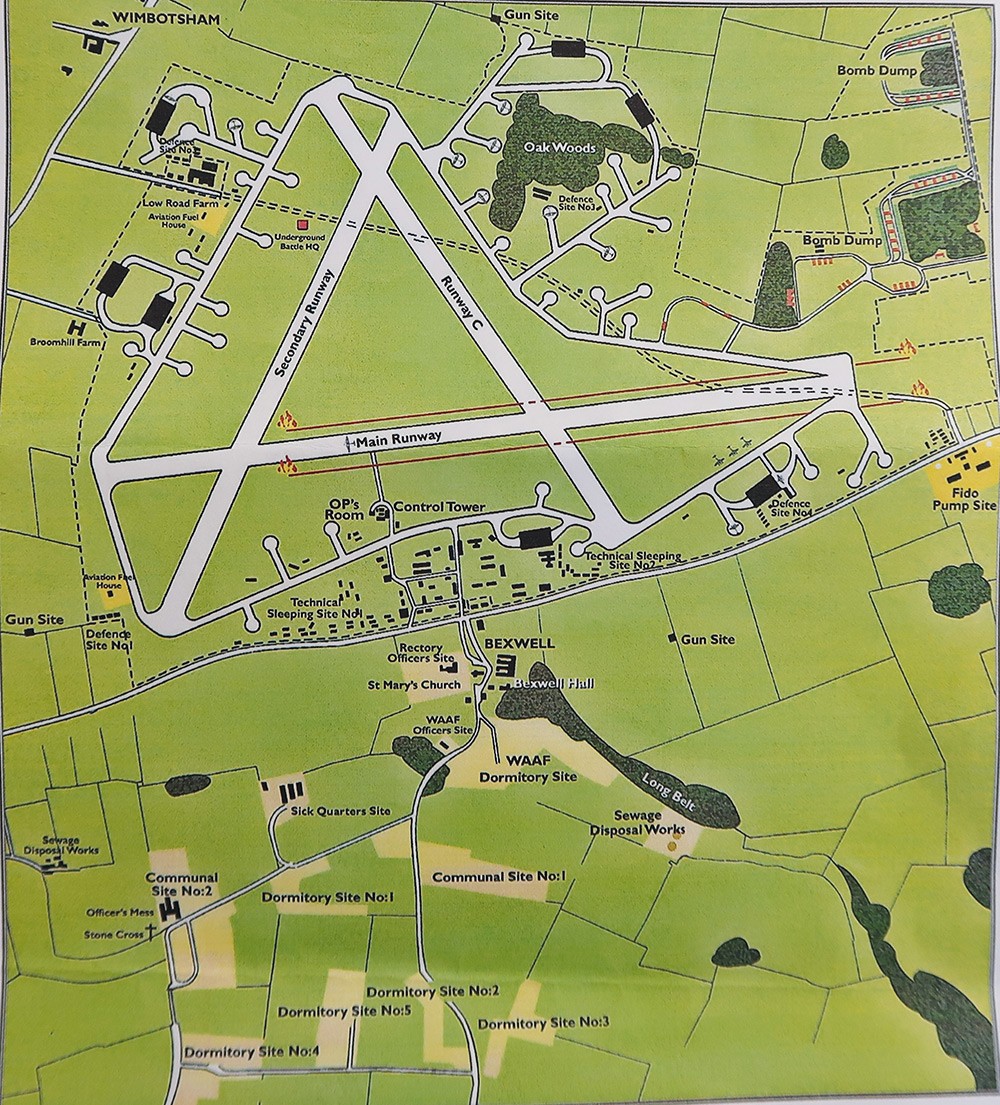
It may have started out as an auxiliary base, but RAF Downham Market is notable for many reasons.
In 1943 it was the second of only 15 airfields in the country to be equipped with the lifesaving fog dispersal device known as FIDO (Fog Intensive Dispersal Operation) which consisted of two parallel pipelines fitted with burner jets at regular intervals running either side of the runway.
Petrol was pumped through the pipes and ignited, producing powerful flames that could evaporate and disperse thick fog in a matter of minutes. Once lit, FIDO burned 100,000 gallons of fuel an hour and it aided 161 airplanes on their return to Downham Market.
Another remarkable fact about this small station is it was the only airfield to have a Victoria Cross awarded to two personnel.
The first went to Flight Sergeant Arthur Aaron who tried to land a heavily-damaged aircraft in August 1943 whilst fatally wounded, and gave piloting instructions to his bombardier when he couldn’t continue.
The second Victoria Cross was awarded in August 1944 to Squadron Leader Ian Bazalgette, who completed his bombing mission despite his Lancaster being set alight by heavy flak. When his task was complete, Bazalgette ordered his crew to bail out, but two of his men were too severely wounded to do so. With no intention of leaving them he attempted to land the flaming aircraft himself, but it exploded on impact, instantly killing all three men.
At various times between 1942-1945 RAF Downham Market hosted no less than six bomber squadrons. Numbers 214, 218 and 623 were Main Force squadrons and 571, 608 and 635 were part of the RAF’s elite No.8 (Pathfinder) group. Squadron 635, founded in 1944, was undoubtedly the most famous and it elevated the airfield to full station status.
The squadron was equipped with 16 Avro Lancasters (the finest British heavy bombers of the time) and flew an incredible 2,099 operational sorties from Downham Market.
635 squadron was responsible for leading major raids by identifying and marking targets for the Main Force bombers to attack, and was detailed as Master Bomber for a remarkable 88 strategic operations.
It came with a price, however. Between March 1944 and May 1945 the squadron lost 42 aircraft and 304 airmen.
When the war finally came to an end, the airfield was alive with singing, dancing and laughter as personnel celebrated the wonderful peace they’d helped achieve. Farewells were exchanged and the remaining squadrons were gradually disbanded.
The airfield’s concrete runways were dug up, crushed and used in the construction of the Downham Market bypass on the A10 - and the remaining land was returned to original owners or sold to manufacturing companies.
On the chancel wall of St Mary’s church in Bexwell sits a plaque commemorating the brave personnel that gave their lives whilst operating from the airfield, and on a lawn outside the churchyard stands a memorial to the two VC airmen.
Apart from a slab of concrete runway on display at the Discover Downham Heritage Centre, little else of the incredible airfield remains - although its existence will forever be remembered. Next time you’re passing through Downham or Bexwell, try to imagine those huge Lancaster bombers climbing into a dusky sky and take a moment to appreciate the brave aircrew who flew straight into danger to give us the peace we enjoy today.
The centre is open from 10am-4pm on Thursdays and Fridays and from 10am-1pm on Saturdays visit www.discoverdownham.org.uk for more details.
